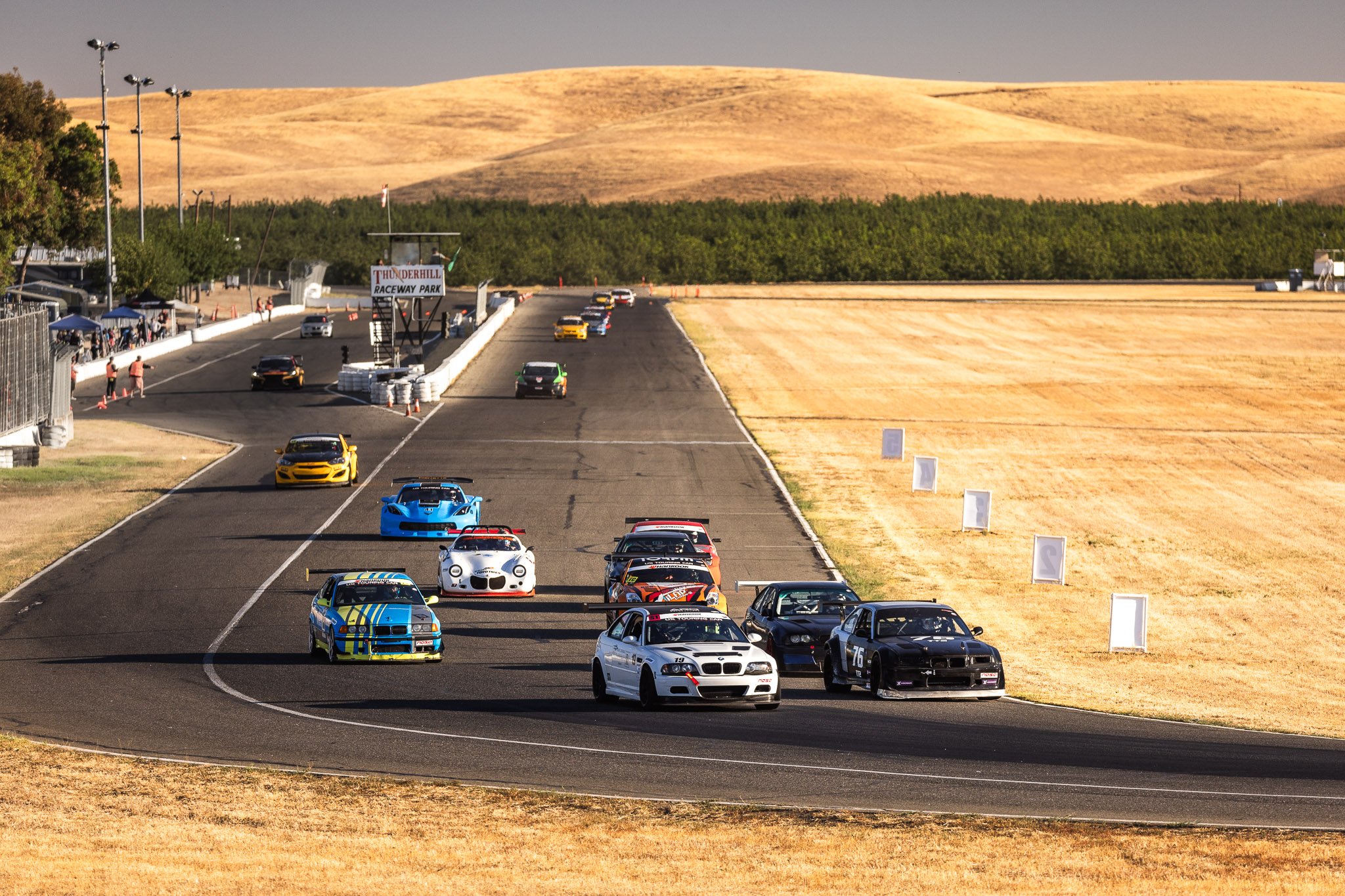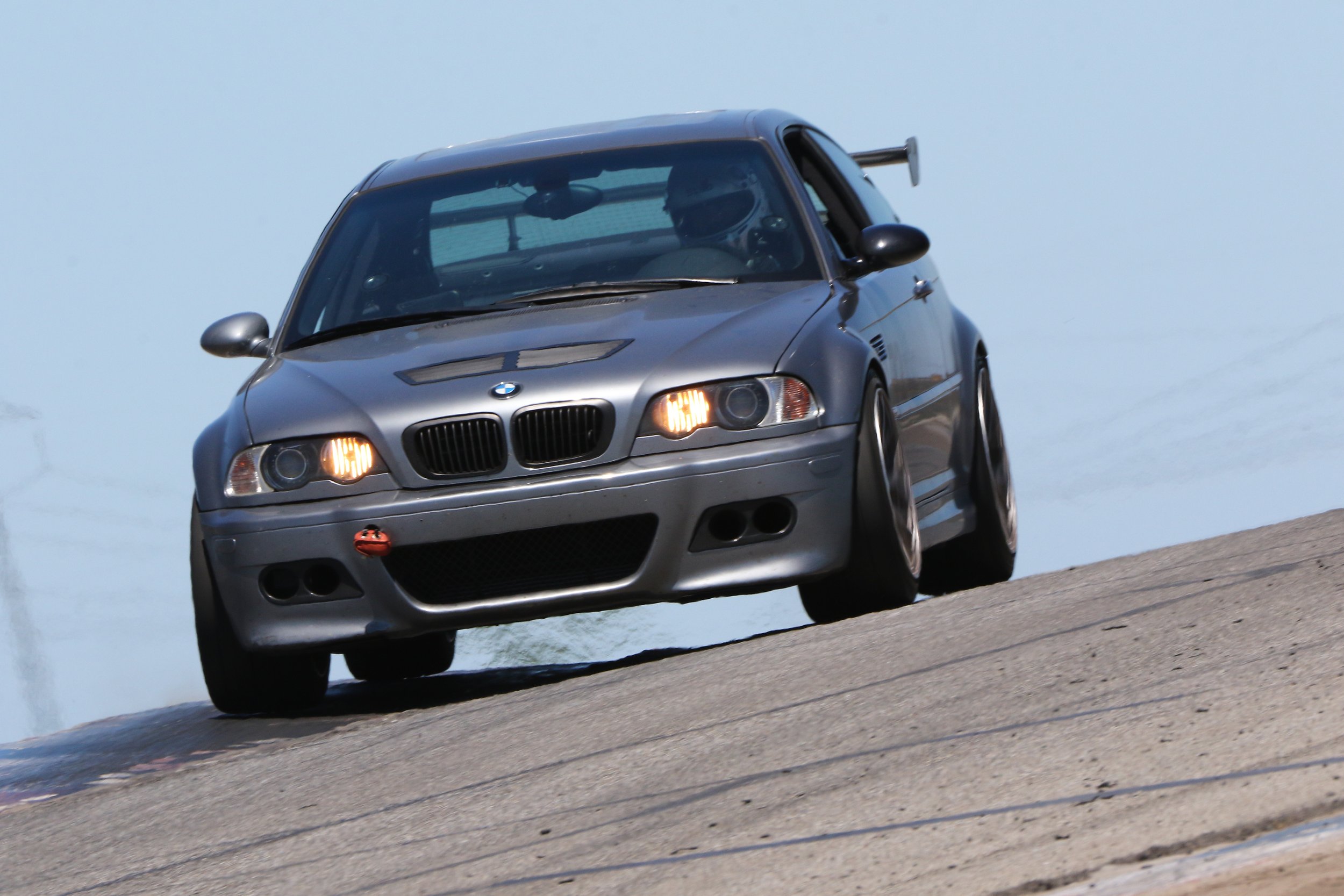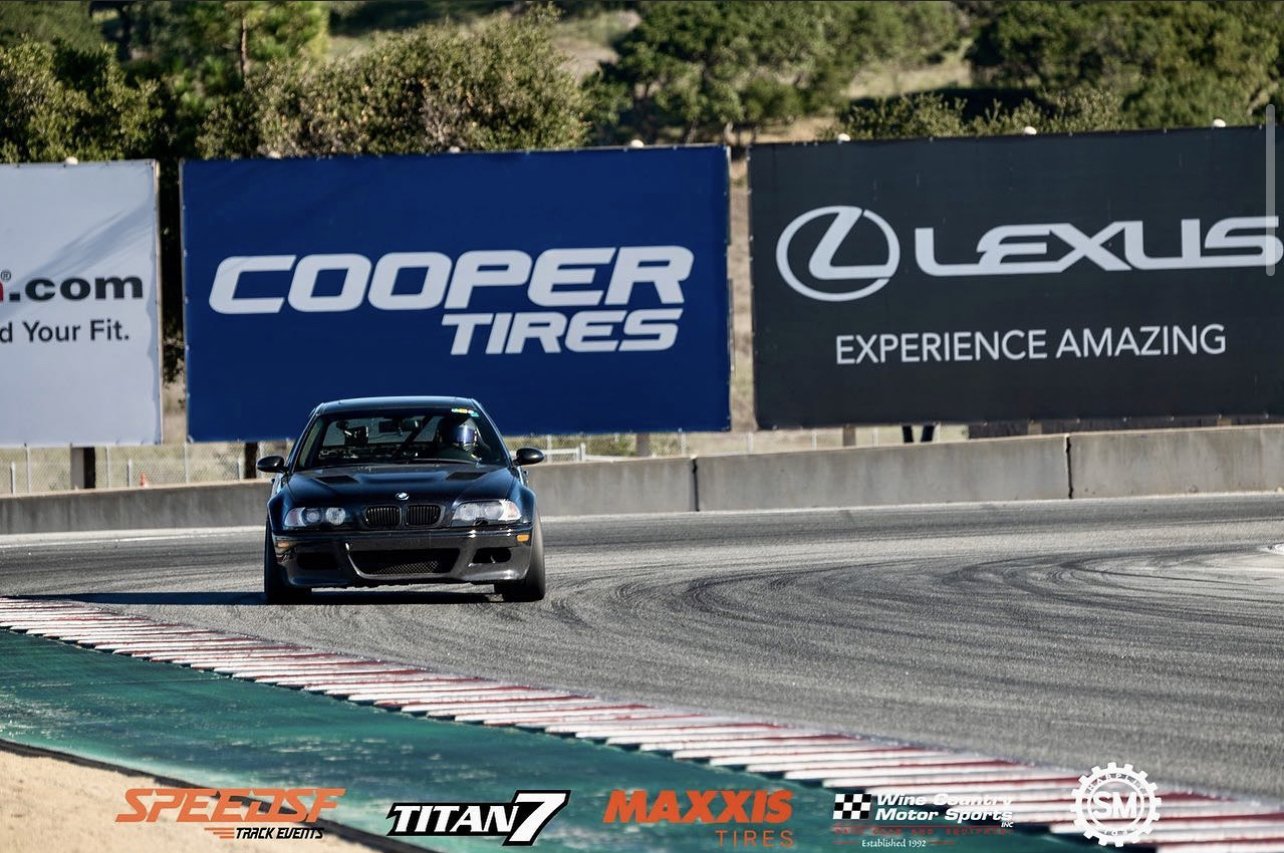
SpeedSF Blog
Every Build Has a Story – Meet the Cars of SpeedSF

Bimmerfest 2025: Redeemed from the Rain
With over 250 in attendance, 35 cars providing ridealongs, and multiple prizes available from Liqui Moly, our latest Bimmerfest at Sonoma Raceway went off without a hitch.

Tom Tang’s M3: Race to the Clouds
From humble motorsports photographer to local racing celeb, Tom Tang has learned a great deal over his three decades in the biz. He’s put that knowledge into building this monster E46 M3 now making waves at Pikes Peak International Hillclimb.

Speed SF’s First Enduro Goes Off Without a Hitch
We've had our own enduro in the works for a while now, and it turns out our planning paid off. This month, we successfully completed our first 2.5-hour race and established a new race format for those looking to make the leap into wheel-to-wheel.

Forced Induction For Track Work: Supercharging Two Popular Platforms
The S2000 and E46 M3 have weight and nimbleness going for them. Do they need more power?

Joe’s M3: Proving His Potential
Joe McGuigan was committed to paving his own path and suffering the setbacks which come with developing unloved cars, but eventually he had to capitulate and try one of the best developed cars around.
He hasn’t regretted joining the E46 tribe.

Edson's E46: Quarter-Million and Counting
It may have 250+ on the clock, but this rough M3 has been Edson’s trusty track toy for the last year and a half, and he doesn’t plan on changing anything soon—it’s too fun and dependable to need anything.

Elie's E46 M3: Not Too Much, Not Too Little
Though the car has a reputation as being a pricey pain in the ass, Elie Mansour’s proven that the E46 M3 is reliable as anything—and faster than 70% of most track toys—when given the right sort of TLC.

Jeff Tam's E46 M3: Never Compromise Too Much
Frustrated by the wheelhop of his VW GTI, Jeff decided to pick up a rear-wheel drive. Split between an S2000 and the C6 Z06, he pondered the right course of action before settling on the middle path. His E46 M3 received its fair share of suspension modifications off the bat, and now its handling matches its playfulness.

Dan Avon's E46 M3: A Study in Taking Things Slowly
Done slowly, done carefully, done right. Dan Avon’s showed us how to take a mild M3 and make it far more than the sum of its parts.
